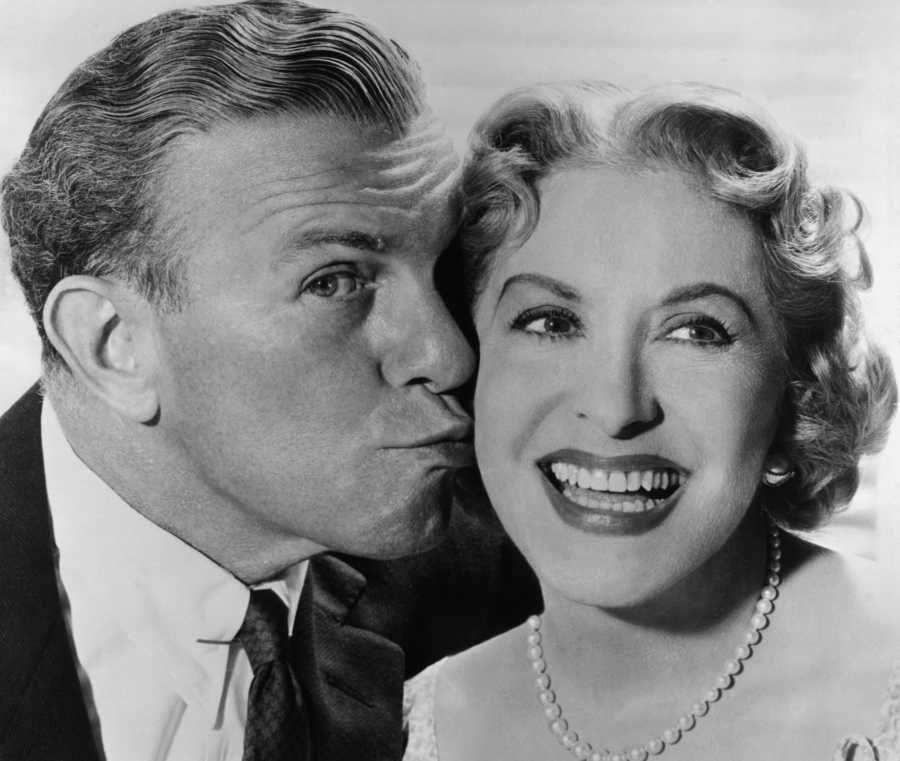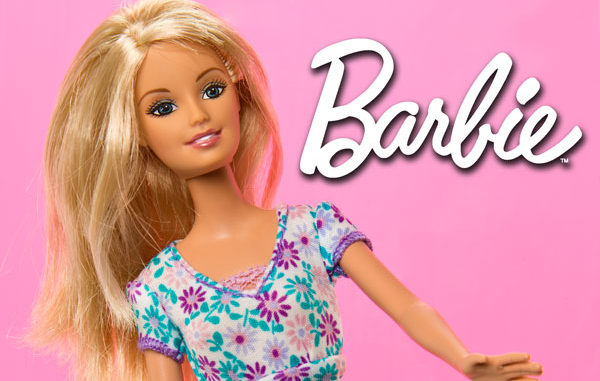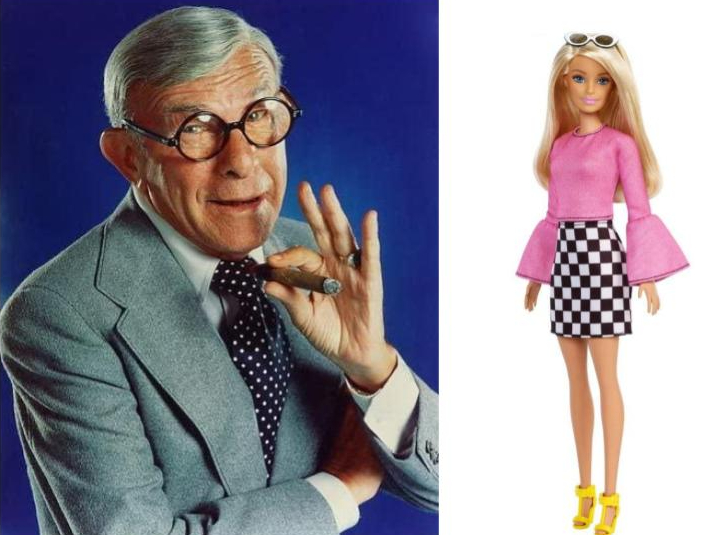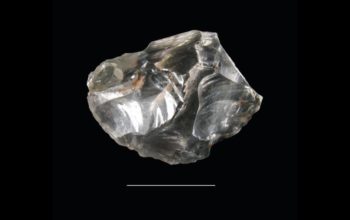
Today in 1996 the American comic, George Burns died at 100 years-old and the Barbie doll made its debut in 1959.

“A toy that allowed little girls to imagine the future” Ruth Handler
The following written content via History
On March 9, 1959, the first Barbie doll goes on display at the American Toy Fair in New York City.
Eleven inches tall, with a waterfall of blond hair, Barbie was the first mass-produced toy doll in the United States with adult features. The woman behind Barbie was Ruth Handler, who co-founded Mattel, Inc. with her husband in 1945. After seeing her young daughter ignore her baby dolls to play make-believe with paper dolls of adult women, Handler realized there was an important niche in the market for a toy that allowed little girls to imagine the future.

Barbie’s appearance was modeled on a doll named Lilli, based on a German comic strip character. Originally marketed as a racy gag gift to adult men in tobacco shops, the Lilli doll later became extremely popular with children. Mattel bought the rights to Lilli and made its own version, which Handler named after her daughter,
Barbara. With its sponsorship of the “Mickey Mouse Club” TV program in 1955, Mattel became the first toy company to broadcast commercials to children. They used this medium to promote their new toy, and by 1961, the enormous consumer demand for the doll led Mattel to release a boyfriend for Barbie. Handler named him Ken, after her son. Barbie’s best friend, Midge, came out in 1963; her little sister, Skipper, debuted the following year.
George Burns

On March 9, 1996, the legendary cigar-chomping performer George Burns dies at his home in Beverly Hills, California, just weeks after celebrating his 100th birthday.
Born Nathan Birnbaum in New York City, Burns was one of 12 children. As a young child, he sang for pennies on street corners and in saloons, and at age 13, he started a dance academy with a friend. In 1922, Burns was performing the latest in a string of song-and-dance acts in Newark, New Jersey, when he teamed up with a fellow performer, Gracie Allen.
Though Allen began as the straight one in their partnership, her natural comedic ability prompted Burns to rewrite their material to give her most of the punch lines. From then on, Burns played the straight man to Allen’s ditz, with hilarious results. Read more from History.






